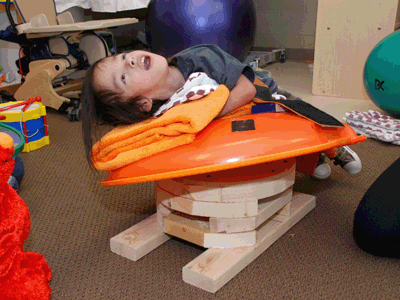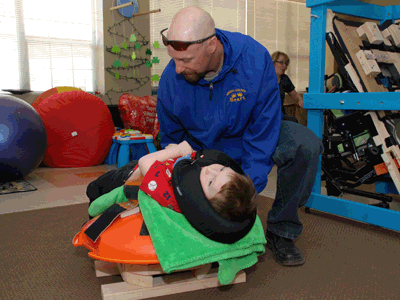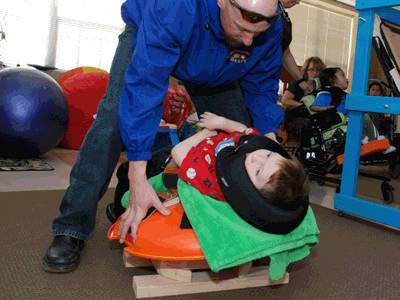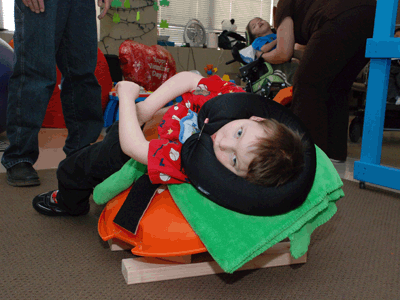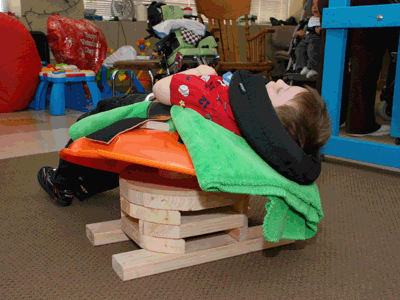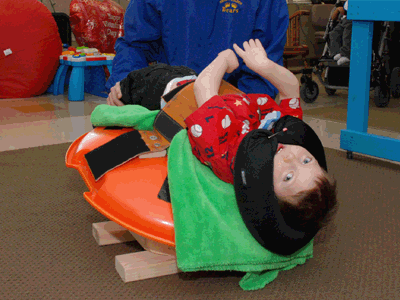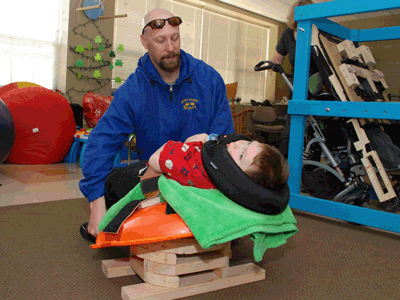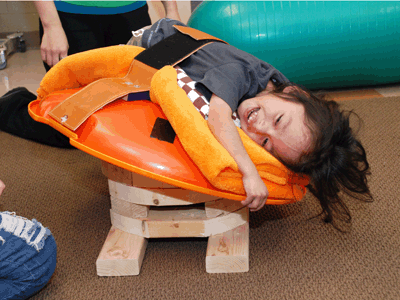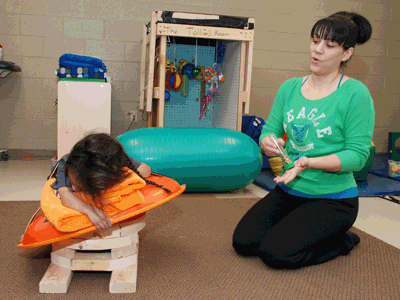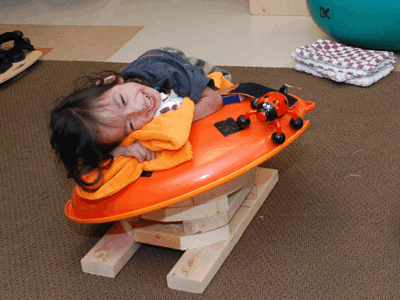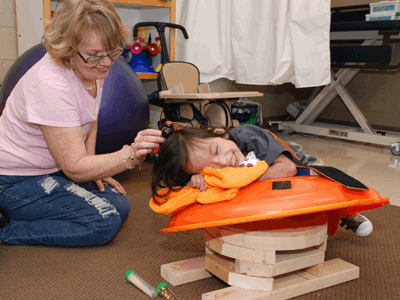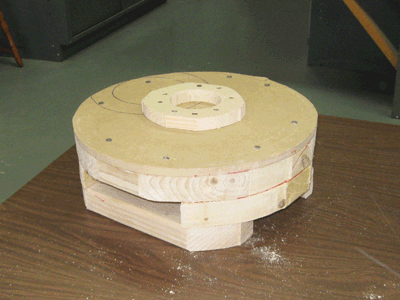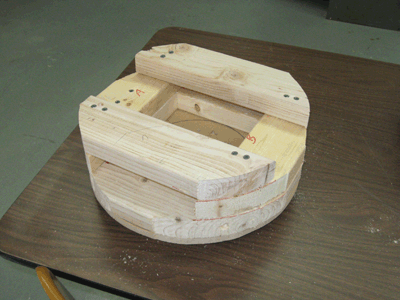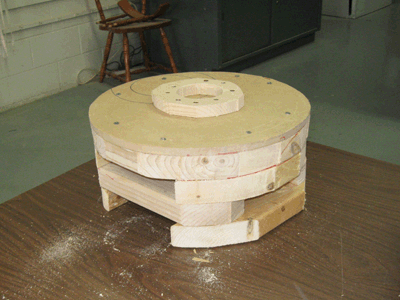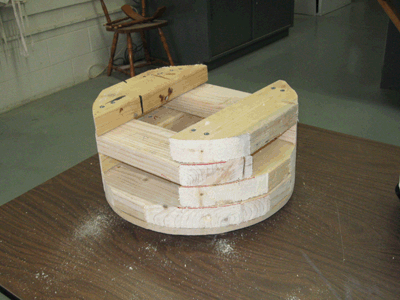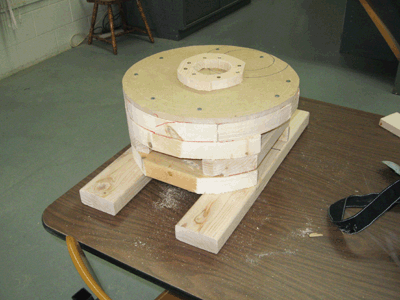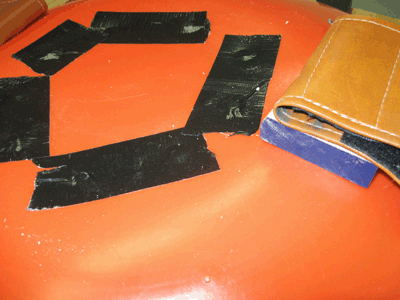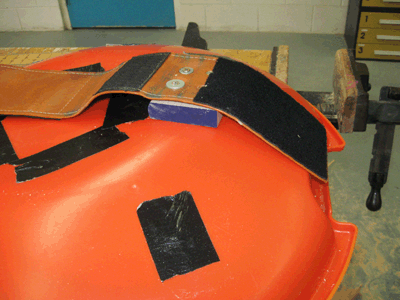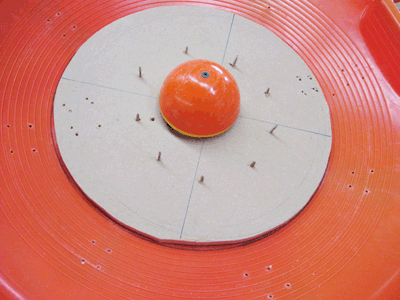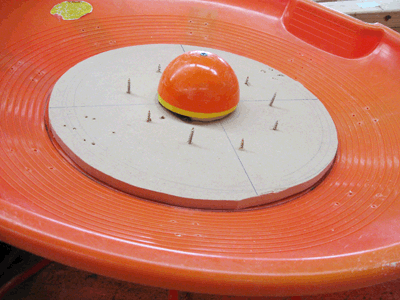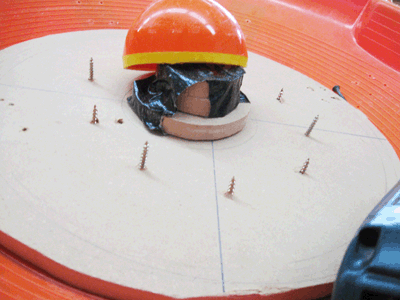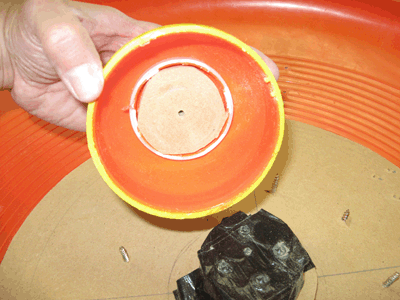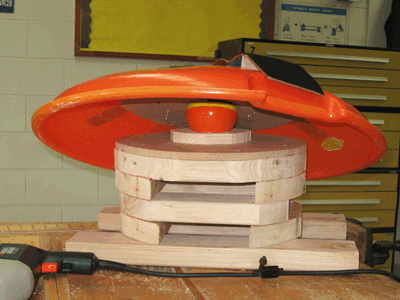|
Home | Programs | Contact | News & Events | For Parents | For Students | VI Resources | Photos |
||||||||||||||||||||||||||||||||||||||||||||||||||||||||||||||
|
|
||||||||||||||||||||||||||||||||||||||||||||||||||||||||||||||
|
Mobile is the root word of mobility and, thus, of particular interest to Orientation & Mobility (O&M) specialists. O&Ms have traditionally thought of mobile mainly in terms of walking, particularly as it relates to walking from Point A to Point B. The field has adapted to include training techniques for individuals who walk with the assistance of devices like support canes or travel via wheelchair/scooter. The field has also become steadily more inclusive in terms of the age of individuals served. Concurrent with the expansion of age levels served, the field has recognized that O&Ms have a role in the education of students with multiple, sometimes severe, disabilities. While university level training lags in the area of O&M as it relates to multiply disabled preschoolers, some in the field have taken the lead. Mary Tellefson at the Wisconsin Center for the Blind and Visually Impaired and Marjorie Wood at Austin Independent School District are just two of the O&Ms who have pushed the envelope for O&M services with this population. With the ‘bottom-up’ approach in mind, the sharing of ideas developed by O&Ms to draw movement from these students seems particularly useful. Lili Nielsen’s “Little Room” is well known in the field and is generally part of the university level training of teachers of the visually impaired (TVIs). For many years TVIs have used the Little Room to stimulate reaching movements in students, including those with multiple disabilities. The basic premise of the Little Room is that a little movement can lead to contact with items of interest, the generation of sounds, and modest flexing of the resonance board on which the student is situated. A question arose while watching a student in the Little Room transition to a stretching exercise on a large therapy ball: what if a little movement led instead to a big movement? On the therapy ball a student could, when balanced atop the ball in ‘neutral’, use a small weight shift to start the ball rolling. Naturally, a staff member had to arrest the motion almost immediately to keep the student from falling off the ball. A 2’ diameter disc, used to slide down the dunes at White Sands, happened to be propped up against the wall nearby. When balanced on a pivot (a fist, in this case), the disc was able to revolve and also dip at any number of angles. The disc was attached to a circular board which was in turn attached to a pivot (the rounded, weighted bottom of a chicken toy that always returned to standing when pushed down). A hole was cut in a board that was large enough to allow some of the pivot through but not all of it. That board was screwed to some pieces of 2’x’4s which were used to form the base. The disc (inverted so the surface the student was on curved downward) was placed onto the base and found to be sturdy enough to support adults. A Velcro strap was added to the disc and the ‘Shroom (it resembles a giant mushroom) was ready to go. To date, four students have tried out the ‘Shroom. When placed in ‘neutral’ (the balance point can be tricky to find) virtually any movement or shift in weight produces a much larger movement. The students, all male between the ages of 3-6), appear to enjoy the speed and degree of motion the ‘Shroom affords. Because the student is strapped in the staff member doesn’t have to stop the motion (as with the therapy ball); the ‘Shroom has a stopping point. The staff member can then return the student to that neutral balance point or let the student continue to try to move and change the position without intervention. Because the ‘Shroom can revolve, the student can work to move circularly (left/right) or tip the ‘Shroom back the other way or on some other angle. Any movement or shift in weight should translate into a greater movement by the ‘Shroom. Staff have noted that students who are generally rigid open up dramatically when placed supine on the ‘Shroom—even more than when placed on a similarly curved therapy ball. A student whose legs are usually extended, generally tense, has been seen to pull his knees up towards his chest in order to stimulate movement. When prone, the same student has bent his knees to then ‘push off’ of a staff member’s hands that were placed on his feet. Thoughts for future use of the ‘Shroom include the incorporation of handles on nearby objects. By grasping the handle the student should be able to gain experience with stabilizing balance, pulling/pushing himself off balance and pushing/pulling in order to change his orientation. The student could similarly use her feet to stabilize or push off of an object. Staff members can attach a ring or bar to a rope and pull the student in a circle so long as the student held on to the ring or bar. Naturally, it’s assumed that other O&Ms will come up with other ways of making use of the ‘Shroom to meet the needs of their individual students. The ‘Shroom clearly has limitations regarding the type of movement it can stimulate. The student is either prone or supine, with center mass right above the pivot point. While the student can revolve and change his attitude (in aeronautic terms as opposed to psychological), the student can’t leave that particular point in space. Instead, the ‘Shroom was built so that the reward of movement would be more (and hopefully more exciting, to the student) movement. Students can develop an awareness that shifting weight can cause movement along with motions of the four limbs and head. The
‘Shroom is fairly easy to build and not terribly expensive. Educators: Please feel free to construct and use this device at your discretion. However, NMSBVI assumes no liability regarding this innovation or its use/misuse. For additional information, please contact the inventor, Ron Later, at rlater@nmsbvi.k12.nm.us
|
||||||||||||||||||||||||||||||||||||||||||||||||||||||||||||||
|
|
||||||||||||||||||||||||||||||||||||||||||||||||||||||||||||||
| Serving the Youth of New Mexico and Their Families since 1903 | ||||||||||||||||||||||||||||||||||||||||||||||||||||||||||||||
| Please read the
Terms
And Conditions Of Use
carefully before using this site. If you do not agree to these terms and conditions of use, please do not use this site. Comments to: webmaster@nmsbvi.k12.nm.us Last Updated: 3/26/2012 |

